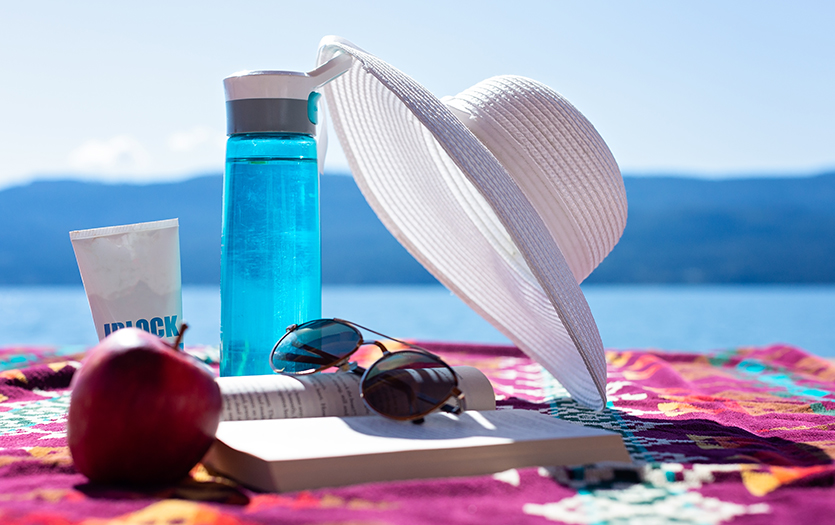
With COVID-19 cases on the rise, there’s no shortage of information regarding the safety precautions we should be taking when at work or in public, but are we doing all we can at home? We asked Casey Palumbo, director, Environmental Services Allen County, Parkview Health, to elaborate on the best cleaning practices for the home and how to incorporate them into our normal cleaning routines.
Hand hygiene
Washing your hands is simple and one of the most effective ways to prevent the spread of germs. Soap and water are your best option for keeping yourself and your loved ones healthy. It’s important to wash your hands often and for at least 20 seconds, especially during these key germ spreading moments:
- After removing gloves
- After contact with a sick person
- After using the restroom
- After contact with animals/pets
- Before preparing food
- Before eating
- Before and after providing care for an adult or child
Sanitizing surfaces
The Centers for Disease Control and Prevention (CDC) recommend cleaning surfaces with soap and water first, to reduce the number of germs, dirt and impurities. Then, disinfect surfaces to kill any germs that may remain. Frequent cleaning and disinfecting of surfaces in your home can go a long way in protecting you and your family. Be sure to focus on these key high-touch areas when cleaning:
- Doorknobs
- Light switches
- Remotes
- Phones
- Faucets
- Countertops
- Oven controls
- Refrigerator handles
- Drawer pulls/handles
- Toilets and sinks
- Desks
- Keyboards
It’s also important to keep your cleaning supplies and tools in good condition. It does little to prevent the spread of germs if you’re using dirty equipment.
Stop germs at the door
Another way to reduce the number of harmful substances coming into your home is to remove your shoes before entering. This practice is important because shoes have been known to be carriers for microbes like viruses or bacteria. These germs would most likely be on the outside or bottoms of your shoes. To help halt or prevent these germs, be sure to slip your footwear off at the door then try cleaning and disinfecting them if they are dirty.
Reminder
If soap and water are not accessible and your hands are not visibly dirty, the use of hand sanitizer, which contains at least 60% alcohol, can be a good alternative when traveling, shopping, pumping gas and more. For more information and guidance on how to properly use hand sanitizer, please visit the CDC website.



